When a child develops a blood clot a clump of partially liquid blood that has turned solid, it can feel like a medical nightmare for parents. While clotting is essential to stop bleeding, an unwanted clot inside a vein or artery can block blood flow and cause serious problems. This guide explains why clots happen in kids, what to watch for, and how doctors treat them so you can act quickly and confidently.
What Is Pediatric Thrombosis?
In the pediatric world, clotting disorders are referred to as Pediatric thrombosis the formation of a blood clot in children, either in veins (venous) or arteries (arterial). It’s less common than in adults, but when it occurs it often signals an underlying health issue that needs attention.
Common Causes in Children
Kids don’t get clots for the same reasons adults do, but several risk factors stand out:
- Deep vein thrombosis (DVT) a clot that forms deep inside a leg or arm vein after prolonged immobility (e.g., long flights, cast immobilization).
- Central venous catheters tubes placed in large veins for medication or nutrition that can irritate the vessel wall.
- Inherited clotting disorders such as Factor V Leiden a genetic mutation that increases clot risk.
- Inflammatory conditions (e.g., inflammatory bowel disease, lupus) that make blood more prone to clot.
- Obesity and hormonal changes during puberty, which alter blood flow dynamics.
- Recent surgery, especially orthopedic or abdominal procedures.
Understanding these triggers helps doctors target prevention and treatment.
Warning Signs & Symptoms
Because children may not verbalize pain clearly, watch for these clues:
- Swelling, warmth, or redness in a limb-often a sign of blood clots children in the leg or arm.
- Pain that worsens with movement or when the limb is raised.
- Sudden shortness of breath, chest pain, or rapid heartbeat, which could indicate a Pulmonary embolism a clot that has traveled to the lungs.
- Unexplained bruising or skin discoloration (purple‑blue patches).
- Neurological symptoms-headache, vision changes, or weakness-if a clot blocks blood to the brain.
If any of these appear after an injury, surgery, or prolonged sitting, seek medical evaluation right away.
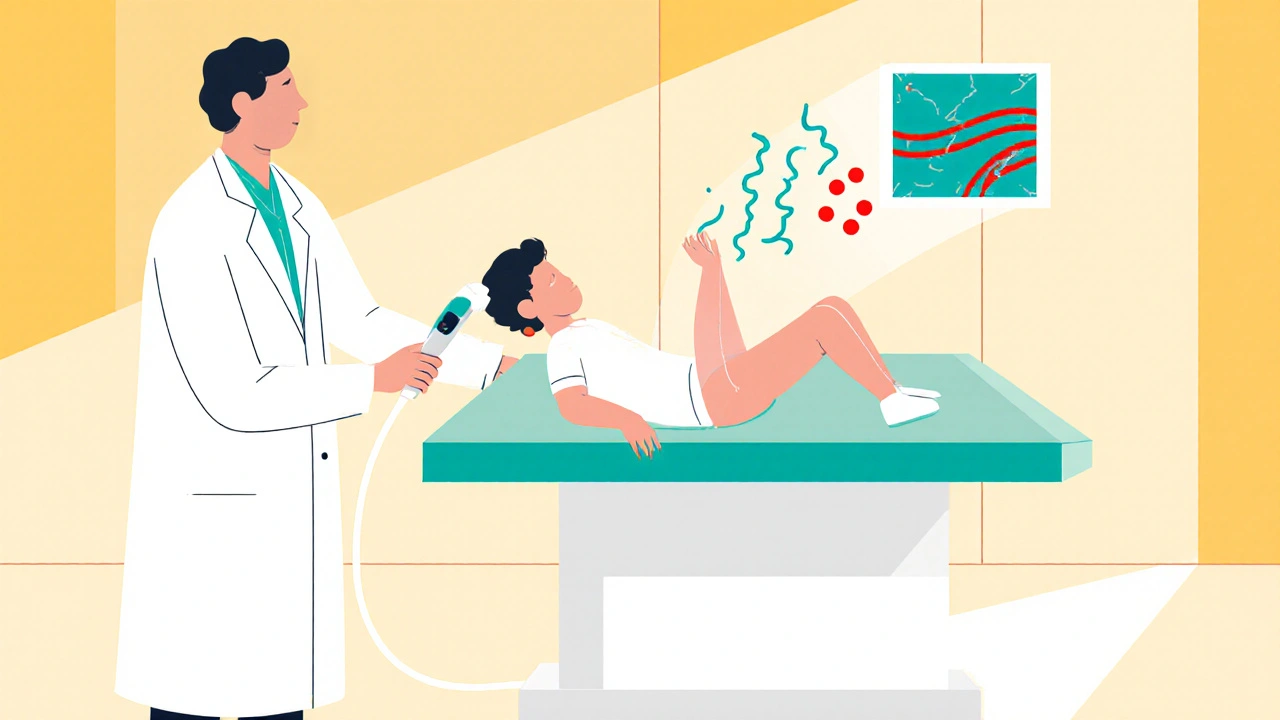
How Doctors Diagnose a Clot
Diagnosis blends physical exam with imaging tools:
- Ultrasound imaging uses sound waves to visualize veins and detect clots-first‑line for DVT.
- CT pulmonary angiography a CT scan that highlights blockages in lung arteries-gold standard for pulmonary embolism.
- Blood tests for clotting factors (e.g., Protein C, Protein S, antithrombin) and genetic panels for mutations like Factor V Leiden.
Early imaging improves outcomes by catching clots before they cause organ damage.
Treatment Options for Kids
Therapy aims to stop the clot from growing, prevent new clots, and restore normal blood flow. Choices depend on clot location, size, and the child’s overall health.
Anticoagulant Medications
These drugs thin the blood, allowing the clot to dissolve naturally. The main families are:
| Medication | Typical Age Range | Monitoring Needs | Key Benefits |
|---|---|---|---|
| Heparin injectable anticoagulant, works quickly | Neonates to adolescents | Activated partial thromboplastin time (aPTT) checks every 6‑12hrs | Fast onset, reversible with protamine |
| Warfarin oral vitamin K antagonist | Usually >2years | INR monitoring 2-3times/week initially | Well‑studied, inexpensive |
| Direct oral anticoagulants (DOACs) e.g., rivaroxaban, apixaban | Approved for ages 12‑18 (some off‑label younger) | No routine labs needed; check renal function | Oral, fixed dosing, fewer diet interactions |
Doctors may start with Heparin in the hospital because its effect can be stopped instantly if bleeding occurs. Once stable, many switch to Warfarin or a DOAC for home use.
Mechanical Measures
Physical strategies help prevent clot extension:
- Compression stockings tight garments that improve venous return are useful after leg DVT.
- Early ambulation-getting the child moving as soon as it’s safe-reduces stasis.
- Elevation of the affected limb to decrease swelling.
Surgical or Interventional Options
In rare cases where medication isn’t enough, doctors may:
- Insert a catheter‑directed thrombolysis device to dissolve the clot locally.
- Place a filter in the inferiorvenacava to catch clots traveling to the lungs.
These procedures carry higher risk and are reserved for life‑threatening scenarios.
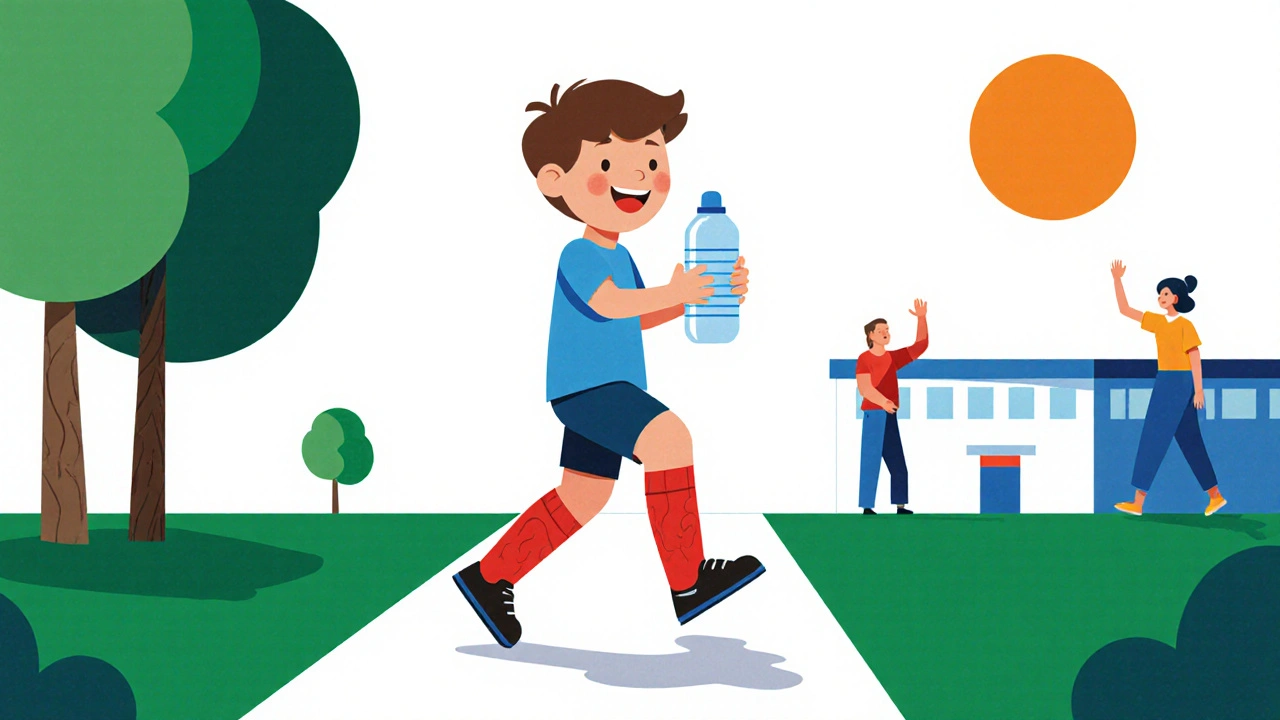
Aftercare and Lifestyle Tips
Recovery doesn’t end at discharge. Follow these steps to keep future clots at bay:
- Maintain a balanced diet rich in fruits, vegetables, and omega‑3 fatty acids-these support healthy blood flow.
- Encourage regular activity; even short walks after school count.
- Monitor weight; obesity raises clot risk, especially during puberty.
- Stay hydrated-dehydration thickens blood.
- Keep all follow‑up appointments for blood tests and imaging.
If the child is on long‑term anticoagulation, educate school staff about medication timing and bleeding precautions.
When to Call Emergency Services
Some symptoms signal an urgent clot that needs immediate attention:
- Sudden, severe chest pain or difficulty breathing.
- Rapid swelling of a leg accompanied by intense pain.
- Neurological changes-slurred speech, weakness on one side.
- Unexplained fainting or loss of consciousness.
Dial 999 (or your local emergency number) without delay. Time saved can mean the difference between full recovery and lasting damage.
Frequently Asked Questions
Can healthy children develop blood clots?
Yes. While rare, clotting can occur in kids without obvious risk factors, often due to hidden genetic mutations or transient triggers like a long car ride.
Is ultrasound safe for children?
Ultrasound uses harmless sound waves, so it’s completely safe and painless. It’s the preferred first test for detecting DVT in kids.
How long does anticoagulant therapy last?
Treatment length varies. For a first‑time DVT, doctors usually prescribe 3‑6months. If an underlying clotting disorder exists, therapy may continue indefinitely.
Can kids take aspirin to prevent clots?
Aspirin isn’t a primary clot‑preventing drug for children. Anticoagulants like heparin or DOACs are used under doctor supervision. Aspirin is reserved for specific heart conditions.
What lifestyle changes reduce clot risk?
Staying active, keeping a healthy weight, staying well‑hydrated, and avoiding long periods of immobility (e.g., taking breaks on road trips) are key preventive steps.
Understanding the why, how, and what‑to‑do about pediatric blood clots equips parents to act fast, work with clinicians, and keep children safe.

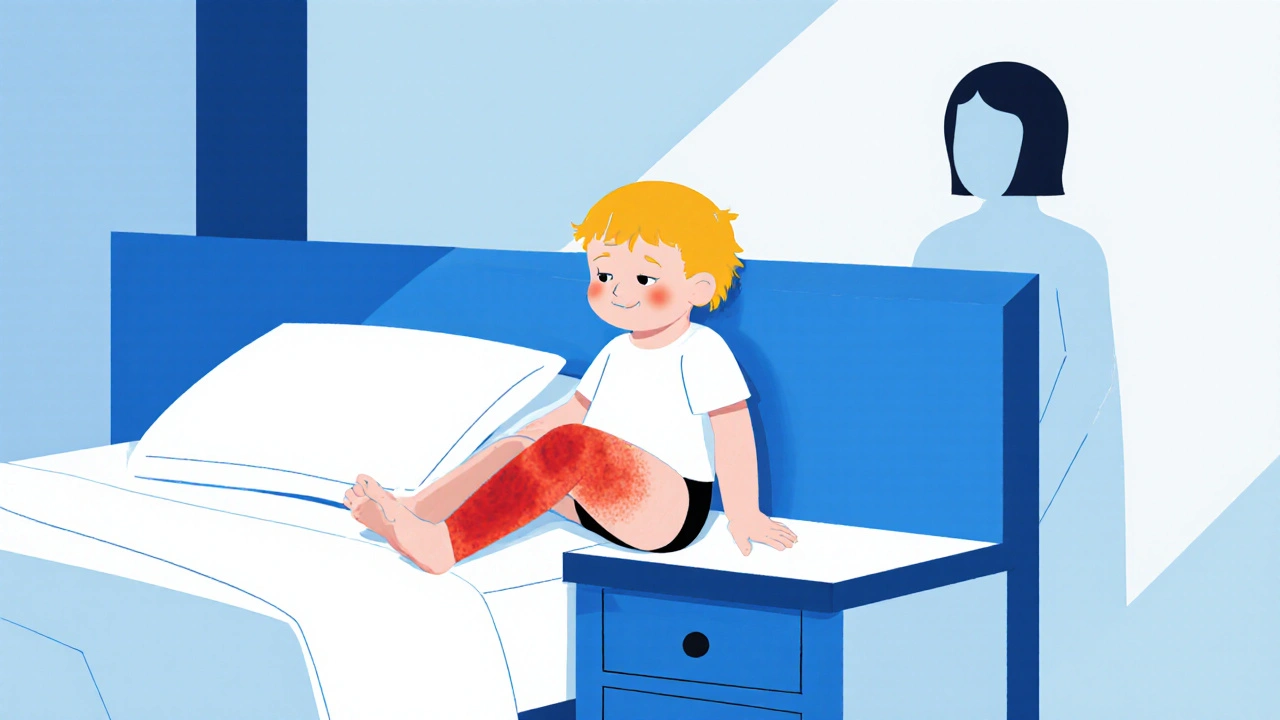

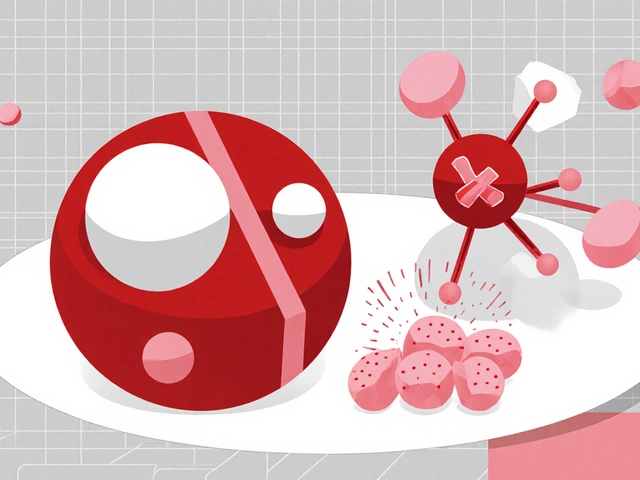

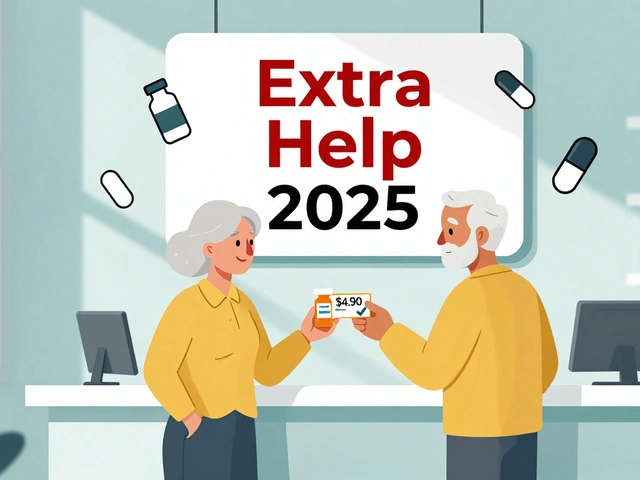

Winston Bar
October 17, 2025 AT 16:05Honestly, this whole blood‑clot hype is just another scare tactic for parents.
genevieve gaudet
October 23, 2025 AT 09:36Wow, this guide really breaks down the scary stuff in a way that even my little cousin could kinda get. The part about staying hydrated? Yeah, that’s solid advice – water is basically the superhero of blood flow. Also, I love how they mention compression stockings – never thought those looked cool until now.
Kids need to move, so get ‘em dancing after school, that’ll keep the blood from getting lazy. And yeah, a quick doc visit isn’t a big deal when you catch it early.
Patricia Echegaray
October 29, 2025 AT 02:06Let’s cut the fluff – the big pharma and shadow health agencies are pushing these “pediatric thrombosis” alerts to get us buying expensive anticoagulants they barely test on kids. They sprinkle in terms like “genetic mutation” to make it sound scientific, but the real risk is the hidden agenda to keep the pharmaceutical money flowing. You’ll notice they only highlight big‑brand drugs, never talk about natural ways to keep blood thin – like diet and movement. And the whole “long‑flight” thing? They’re just trying to make parents anxious so they’ll schedule needless appointments.
Miriam Rahel
November 3, 2025 AT 21:00In reviewing the presented material, one must acknowledge the comprehensive nature of the discussion regarding pediatric thrombosis. The authors have delineated both venous and arterial presentations, thereby affording clinicians a bifurcated framework for diagnosis. Moreover, the enumeration of etiologic factors-including central venous catheters, inherited coagulopathies, and postoperative states-reflects an adherence to current epidemiologic data. The emphasis on ultrasonography as a first‑line modality aligns with evidence‑based practice, particularly given its non‑invasive profile and high sensitivity for deep vein thrombosis.
Furthermore, the inclusion of CT pulmonary angiography for suspected pulmonary embolism demonstrates an appropriate escalation of imaging techniques. The treatment algorithm, commencing with heparin infusion and transitioning to oral anticoagulants, mirrors established therapeutic pathways and underscores the necessity for vigilant monitoring of coagulation parameters.
Of particular note is the discussion of direct oral anticoagulants, which, although off‑label for certain age groups, represent a burgeoning area of pediatric pharmacotherapy. The authors rightly caution regarding renal function assessment in this context.
In the realm of adjunctive measures, the recommendation for early ambulation and compression therapy is commendable, as these interventions mitigate venous stasis, a known contributor to thrombus propagation.
Post‑treatment follow‑up, as articulated, should encompass serial imaging and laboratory evaluation to ascertain resolution and identify recurrent risk.
It is also pertinent to address the psychosocial dimension; educating school personnel about medication schedules and bleeding precautions fosters a supportive environment for the child.
Lastly, the lifestyle modifications-balanced nutrition, regular physical activity, weight management, and adequate hydration-are foundational to secondary prevention and warrant reinforcement. In sum, the guide provides a robust, multidisciplinary approach to pediatric thrombosis, integrating diagnostic precision, therapeutic rigor, and preventive strategies.")
Samantha Oldrid
November 9, 2025 AT 15:53Oh great, another checklist for anxious parents. As if reading this will magically stop clots.
Kevin Adams
November 15, 2025 AT 10:46Behold! The drama of blood turning solid is like a tragic poem penned by the universe itself!!! Yet, we, humble mortals, must wield heparin like a sword of destiny-swift, decisive, and occasionally messy...
Do not underestimate the power of compression stockings; they are the unsung heroes, the silent guardians of venous return!!! And let us not forget the noble pursuit of early ambulation-march forth, dear child, lest the clot seize the throne of your limb!!!
In the grand theater of medicine, every ultrasound echo is a spotlight revealing the villainous clot, and every CT scan, a thunderclap announcing victory!
Katie Henry
November 21, 2025 AT 05:40Dear community, I encourage every caregiver to stay vigilant and proactive. Early detection saves lives, and adherence to prescribed therapy ensures optimal outcomes. Let us champion healthy habits-hydration, movement, balanced nutrition-to minimize future risk. Together, we can empower our children with the knowledge and support they deserve.
Joanna Mensch
November 27, 2025 AT 00:33Building on the earlier warning, it’s evident that the surveillance systems are designed to catch any deviation, creating a perpetual state of fear. The narrative pushes parents toward constant medical oversight, ensuring a steady stream of appointments and prescriptions. It’s a subtle mechanism to keep the healthcare apparatus humming.
RJ Samuel
December 2, 2025 AT 19:26Honestly, if you think a single sentence like that scares anyone, you’ve missed the point entirely. People need facts, not hyperbole.
Nickolas Mark Ewald
December 8, 2025 AT 14:20Appreciate the clear breakdown earlier – it definitely helps keep things grounded. The step‑by‑step guide makes it easier for families to know what to look for.
Chris Beck
December 14, 2025 AT 09:13The lengthy formal piece above, while thorough, reads like a textbook you’d force a child to study. Real‑world practice demands quicker decisions and less jargon. Simpler language saves lives; not every parent has a medical background.
Sara Werb
December 20, 2025 AT 04:06Wow!!! Another post about blood clots???!!! They never stop, do they???!!! We’re supposed to trust that every new “guideline” is just for our benefit, right???!!!